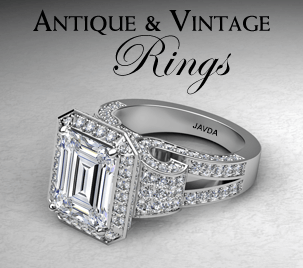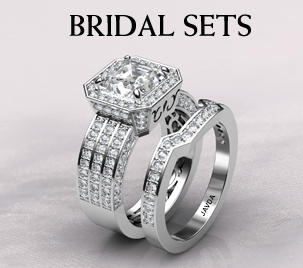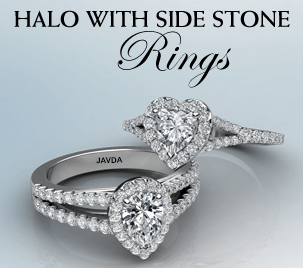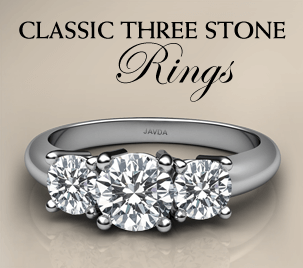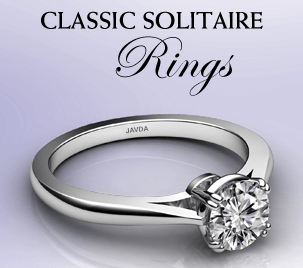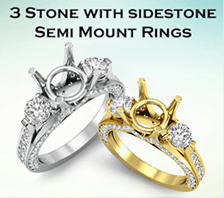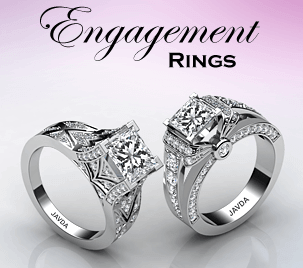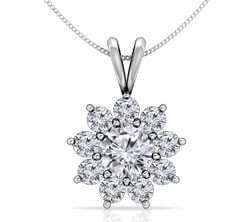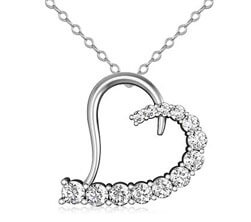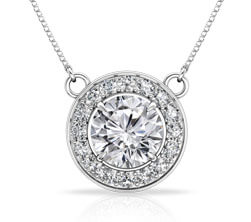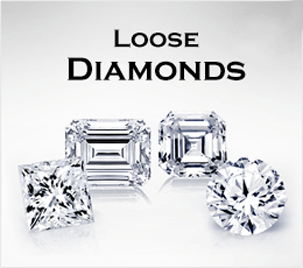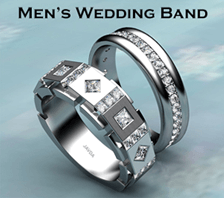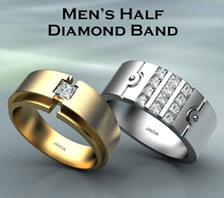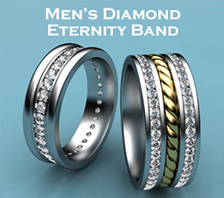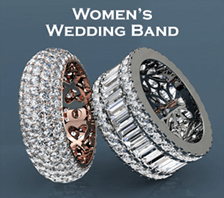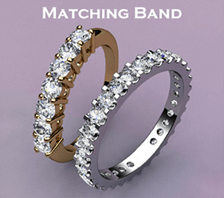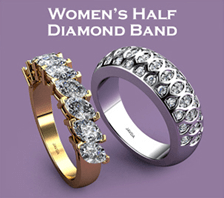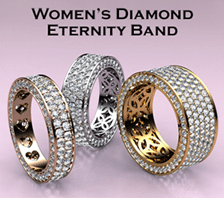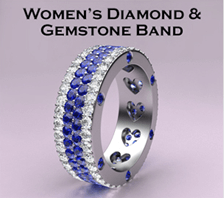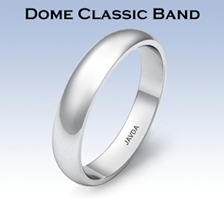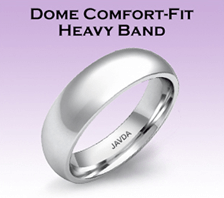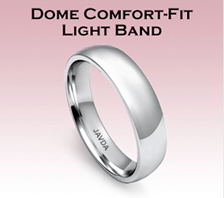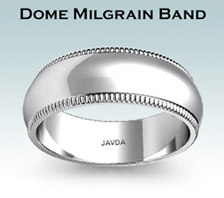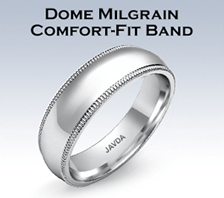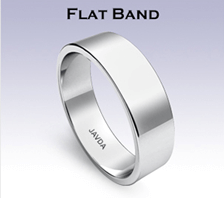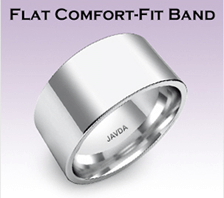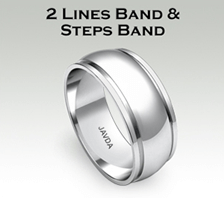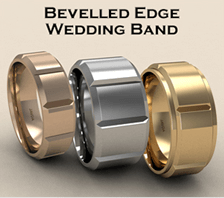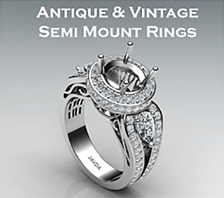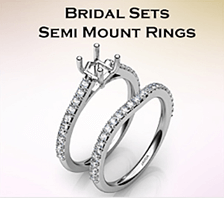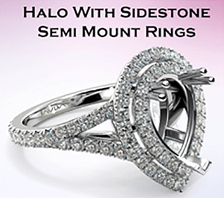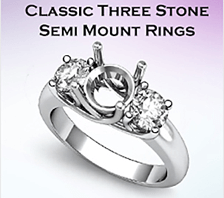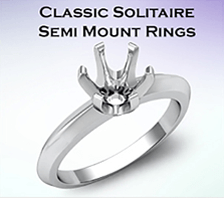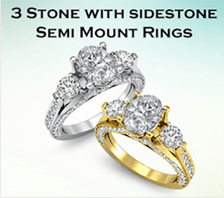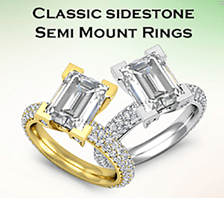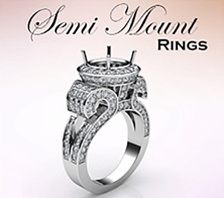-
 x
xAddress :
Javda Inc.
608 S.Hill St. Ste 300
Los Angeles, CA 90014, USA -
 xQuestion? Contact USView Contact Us Page
xQuestion? Contact USView Contact Us Page-
 US & CA :1-800-618-0057
INTL :1(213) 689-9633
UK :0800-158-8052
Australia :1800-195-871
US & CA :1-800-618-0057
INTL :1(213) 689-9633
UK :0800-158-8052
Australia :1800-195-871
-
-
(0)

-
 MENUS
MENUS
- USA & CA : 1(800) 618-0057
- UK : 0800-158-8052
- Australia : 1800-195-871
-
 Engagement Rings
Engagement Rings
-
 Pendents
Pendents
-
 Natural Diamond's
Natural Diamond's
Search For Diamonds
View All Loose Diamonds Gia Certified Diamonds
Gia Certified Diamonds -
 Wedding Bands
Wedding Bands
Diamond Wedding Bands
Gold & Platinum Plan Wedding Bands
Shop by metal
-
 Semi mount rings
Semi mount rings
- Home
- Customer Service
- Precious Metals
Precious Metals
- Contact us
- Jewelry Education
- About Javda
- Returns & Refunds
- Shipping & Delivery
- Payment
- Privacy & Security
- Helpful Information
Need help?
If you'd like to speak to an expert about selecting the right diamond for you, please call:
1-800-618-0057
[email protected]
PRECIOUS METALS
Learn about white gold, yellow gold and platinum and discover the special characteristics of each metal used in your favorite jewelry.
We understand that buying diamond jewelry online without “touching” or “seeing” the actual piece can be very difficult and sometimes even a frustrating process, while also personal and should be treated with extraordinary attention. Below are important education information about metal you may wish to learn before making your final decision.
GOLD
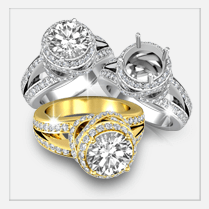
Gold is a precious metal that has been a symbol of wealth since the beginning of time. In its most expensive, pure form of 24 karats, gold is quite soft and malleable. To gain strength and tenacity, gold is commonly combined with other metals, usually with silver and copper in a process called alloying. Although this may decrease the value of the gold slightly, it increases durability and allows gold to be used for long lasting fine jewelry.
PURITY
The purity of the gold Karatage is indicated by a number followed by "k" and shows how much of gold is in that piece of jewelry. Karatage is expressed in 24ths, making 24k gold, 100% gold.

We craft our jewelry using both 18k and 14k gold; both are alloyed with other metals to make it strong enough for everyday wear:
• 18-karat gold is made of 75% pure gold and 25% of other metals (18/24 ratio). Jewelry of this
fineness is marked as "18k.” The European designation is "750," meaning 75 percent gold.
• 14-karat gold is made of 58.5% pure gold and 41.5% of other metals (14/24 ratio). Jewelry of this
fineness is marked as "14k.” The European designation is "585," meaning 58.5 percent gold. Because 14k gold is composed of only 58.5% gold, and 41.5% other metals that give it strength, its gold color is not as rich as 18k gold.
COLOR
The color of gold is determined by the type of metal alloys included and the percentage of each metal alloy.
- • Yellow Gold

- Gold natural color is yellow, however the alloys is what give the gold more saturated and rich shine. An specialist combination of copper, silver and pure gold gives this precious metal its signature warmth.
- • White Gold

- A silvery white character is what makes white gold jewelry so appealing. White gold is created by combining gold in its purest form with varying alloys such as zinc, copper or palladium and occasionally tin or nickel. Because 18k white gold is 75% gold, and 14k white gold is 58.5% gold, jewelry made from these metals has a slight yellow color. To enhance the whiteness, almost all white gold is plated with rhodium, a shiny, white metal which is extremely hard. Depending on the amount of wear to a piece of jewelry, over time this rhodium plating may wear off, revealing the original metal color. Re-plating is a simple process that can be done to restore your jewelry's whiteness if needed.
- • Rose Gold

- The beautiful pink hue of rose gold jewelry is created by using a copper alloy. Again, the overall percentages of metal alloys is the same for rose gold as it is for yellow or white, there is just a different mixture in what alloys are used.
- • Green Gold

- This alloy is created by mixing silver, copper and zinc to yellow gold.
PRICING
Gold is an expensive metal, due to its rarity and excess of demand. The price of the metal is determined by its fineness, or by the karat purity that marks the ratio of pure gold to other metals. Another factor that comes into play when determining the price of jewelry is the aesthetic design and the method of craftsmanship. As a general rule, a carefully handmade piece will be more expensive than a mass-produced version.
CARE
Since gold is a natural component; it is affected by unkind chemicals such as chlorine or other cleaning products. We recommend that you remove your jewelry when using chemicals to reduce daily abrasions and prolong the luster. To clean gold jewelry, use a solution of warm water and detergent-free soap with a soft-bristled brush. When not worn, store your gold pieces in soft cloth bags or the original box to protect them from the elements of daily exposure.
At Javda Jewelry, we offer a finely crafted jewelry box to help preserve, protect, and organize your cherished valuables.
PLATINUM
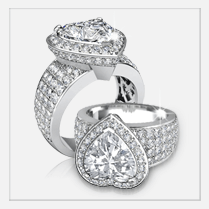
Platinum is one of the rarest metals and so it is extremely valuable. The annual worldwide yearly production of platinum is 10-20% from gold. The most appealing characteristic of platinum is its durability and great beauty. If scratched, platinum will not lose any metal and it does not wear away over time. Used for jewelry, platinum is usually 95% pure and 5% of palladium, ruthenium or other alloys. For guaranteed quality in platinum it will be marked with Plat, PT, 950 Plat or 950 Pt.
Unlike other metals, platinum rarely causes allergic reactions and resists tarnishing since it’s considerably denser than gold or silver. However it can scratch and may develop patina.
At Javda Jewelry, we're proud to offer a wide assortment of platinum settings for our finest jewelry pieces. All of our platinum consists of at least 95% pure platinum, with a maximum of 5% alloy metals.
PRICING
Platinum jewelry prices are dependent on the purity of the platinum, the used of platinum on the piece, the market value of platinum, and the level of craftsmanship and design of each jewelry piece. In general, you can expect to pay approximately twice to four times as much for a platinum ring as you would for an 18-karat gold ring.
CARE
If platinum is worn daily, it may develop a slight sheen. Although most people prefer this look, you can always have a jeweler polish and restore it to its original shine. Soaking platinum jewelry in a mild solution of soap and warm water and gently scrubbing it with a soft-bristled brush is pretty much all that is needed to keep the metal looking good. To keep your jewelry shining and scratch-free, store them in their original boxes, soft cloth bags, or a fabric-lined jewelry box.





 Live Chat
Live Chat














